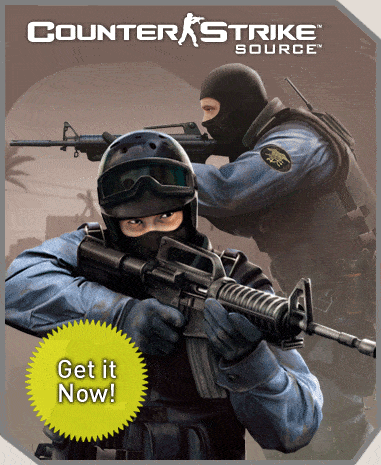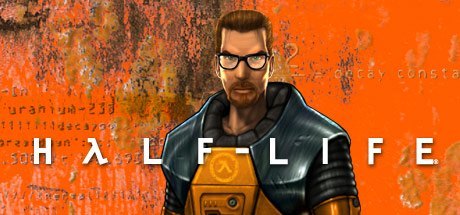Counter-Strike

Counter-Strike is a first-person shooter in which players join either the terrorist or counter-terrorist team (or become a spectator). Each team attempts to complete their mission objective and/or eliminate the opposing team. Each round starts with the two teams spawning simultaneously, usually at opposite ends of the map from each other. A player can choose to play as one of eight different default character models (four for each side, although Counter-Strike: Condition Zero added two extra models, bringing the total to ten). Players are generally given a few seconds before the round begins (known as "freeze time") to prepare and buy equipment, during which they cannot attack or walk/move (a player can still take damage, having the player drop from a certain height during freeze time was the only way somebody could control the players starting "HP"). They can return to the buy area within a set amount of time to buy more equipment (some custom maps included neutral "buy zones" that could be used by both teams). Once the round has ended, surviving players retain their equipment for use in the next round; players who were killed begin the next round with the basic default starting equipment.
Half Life
 Servers that I play:
Servers that I play:- DM -=Half Life Severian mod=- 87.121.222.246:27015
- .:: ZEEN ::. 195.24.57.4:27015
- .::BloodthirsT::. [BG] - Reloaded 85.217.141.28:27015
- NRP[Half-Life]#1 87.119.114.105:27015
- KOCHINATA 169.254.169.84:27014
- hL.bG-PrO.CoM 77.71.6.24:27015
- IvEtOo 91.148.153.49:27015
- ..::Half-Life Pr0. Bulgaria::.. 89.215.234.240:27017
Star Craft

StarCraft is a military science fiction real-time strategy video game developed by Blizzard Entertainment. The first game of the StarCraft series was released for Microsoft Windows on 31 March 1998. With more than 11 million copies sold worldwide as of February 2009, it is one of the best-selling games for the personal computer. A Mac OS version was released in March 1999, and a Nintendo 64 adaptation co-developed with Mass Media Interactive Entertainment was released on 13 June 2000. With its storyline adapted and expanded through a series of novels, StarCraft has three expansion packs and a sequel in development, StarCraft II: Wings of Liberty.
Set in the 26th century, the game revolves around three species fighting for dominance in a distant part of the Milky Way galaxy: the Terrans, humans exiled from Earth skilled at adapting to any situation; the Zerg, a race of insectoids in pursuit of genetic perfection obsessed with assimilating other races; and the Protoss, a humanoid species with advanced technology and psionic abilities attempting to preserve their civilization and strict philosophical way of living from the Zerg. The game has been praised for pioneering the use of unique factions in real-time strategy gameplay and for a compelling story.
Many of the industry's journalists have praised StarCraft as one of the best and most important video games of all time, and for having raised the bar for developing real-time strategy games. StarCraft's multiplayer is particularly popular in South Korea, where professional players and teams participate in matches, earn sponsorships, and compete in televised tournaments.
Heroes III

Heroes of Might and Magic III: The Restoration of Erathia (also known as Heroes III or HoMM3) is a turn-based strategy game developed by New World Computing for Microsoft Windows and released by the 3DO Company in 1999. An Apple Macintosh port was released by 3DO, and a Linux port was released by Loki Software, both later that year. In 2000, a Gameboy Color port entitled Heroes of Might and Magic 2 was released and the Dreamcast port was cancelled. It is the third installment of the Heroes of Might and Magic series. The game's story is first referenced throughout Might and Magic VI: The Mandate of Heaven and serves as a prequel to Might and Magic VII: For Blood and Honor. The player can choose to play through six different campaigns telling the story, or play in a scenario against computer or human opponents.
The gameplay is very similar to its predecessors in that the player controls a number of heroes that command an army of creatures inspired by myth and legend. The gameplay is divided into two parts, tactical overland exploration and a turn based combat system. The player creates an army by spending resources at one of the eight town types in the game. The hero will progress in experience by engaging in combat with enemy heroes and monsters. The conditions for victory vary depending on the map, including conquest of all enemies and towns, collection of a certain amount of a resource, or finding the grail artifact.